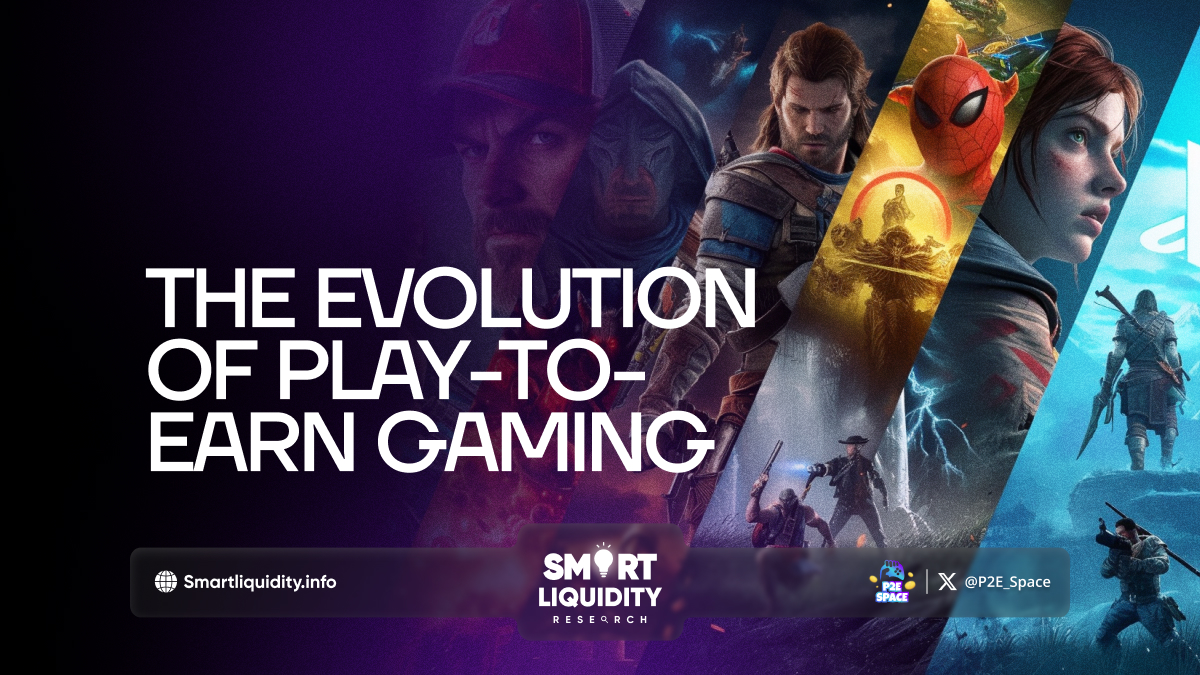The Evolution of Play-to-Earn Gaming


The Evolution of Play-to-Earn Gaming: Redefining Digital Ownership and Gaming Economies
Introduction
Gaming has come a long way from being a simple pastime. With the rise of Play-to-Earn (P2E) games, we’re witnessing a revolution in how we view gaming and digital assets. No longer just about entertainment, P2E is transforming the gaming landscape, offering real-world value through digital ownership.
Digital Ownership
In traditional gaming, players invest time and money into games, but their achievements and assets remain locked within the game. P2E changes this dynamic by allowing players to truly own their in-game items. These assets, often in the form of NFTs, can be traded, sold, or even used across different games, giving players real control and value over their digital possessions.
Economic Opportunities
P2E is not just about playing games; it’s about earning through them. Players can make real income by participating in these games, whether it’s by selling rare items, staking tokens, or competing in tournaments. This has created new economic opportunities, especially in regions where traditional job markets may be limited. In-game marketplaces have flourished, and secondary markets for NFTs and tokens are booming.
Community and Collaboration
The P2E model thrives on community interaction. Many P2E games encourage collaboration, forming guilds, alliances, and teams to maximize rewards. The social aspect of these games often leads to greater success, as players work together to achieve common goals, share strategies, and build thriving in-game economies.
Challenges and the Future
However, the P2E space isn’t without its challenges. Issues like scalability, regulation, and sustainability need to be addressed as the market grows. But with innovation driving the space forward, the future looks promising. As technology evolves and more games embrace the P2E model, we can expect to see even more exciting developments in digital ownership and gaming economies.




